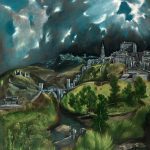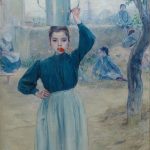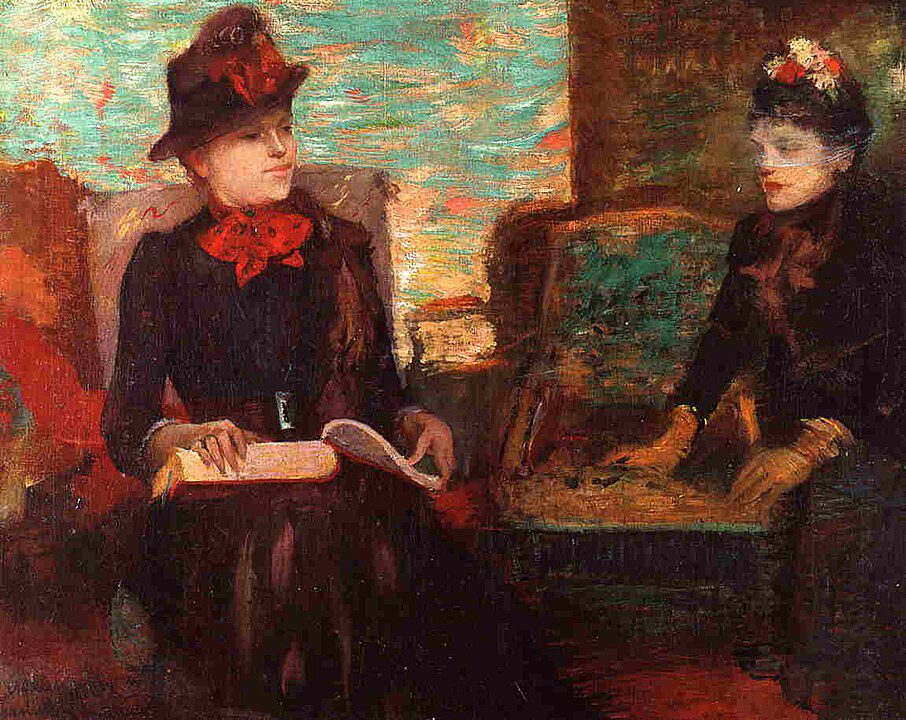
Adolfo Guiard, a Spanish painter celebrated for his contributions to the art world, was born on October 13, 1860, in Santander, Spain. Guiard’s artistic journey unfolded during a period of significant cultural and artistic transformation in Spain, and his work would come to be recognized for its emotive power, technical mastery, and commitment to the exploration of diverse artistic styles.
Guiard’s early life was marked by a deep connection to the arts. Encouraged by his family, he pursued his artistic inclinations from an early age. Guiard’s initial training took place at the Royal Academy of Fine Arts of San Fernando in Madrid, where he studied under the guidance of acclaimed Spanish painter Carlos de Haes. The academy provided Guiard with a solid foundation in academic techniques and nurtured his emerging talent.
In the late 19th century, Spain was undergoing a period of artistic revitalization known as the “Generation of ’98.” This cultural movement sought to reinvigorate Spanish literature, philosophy, and the arts, reflecting a renewed sense of national identity and a critical engagement with Spain’s historical and cultural legacy. Guiard, as an artist emerging during this period, became part of this dynamic intellectual and artistic landscape.
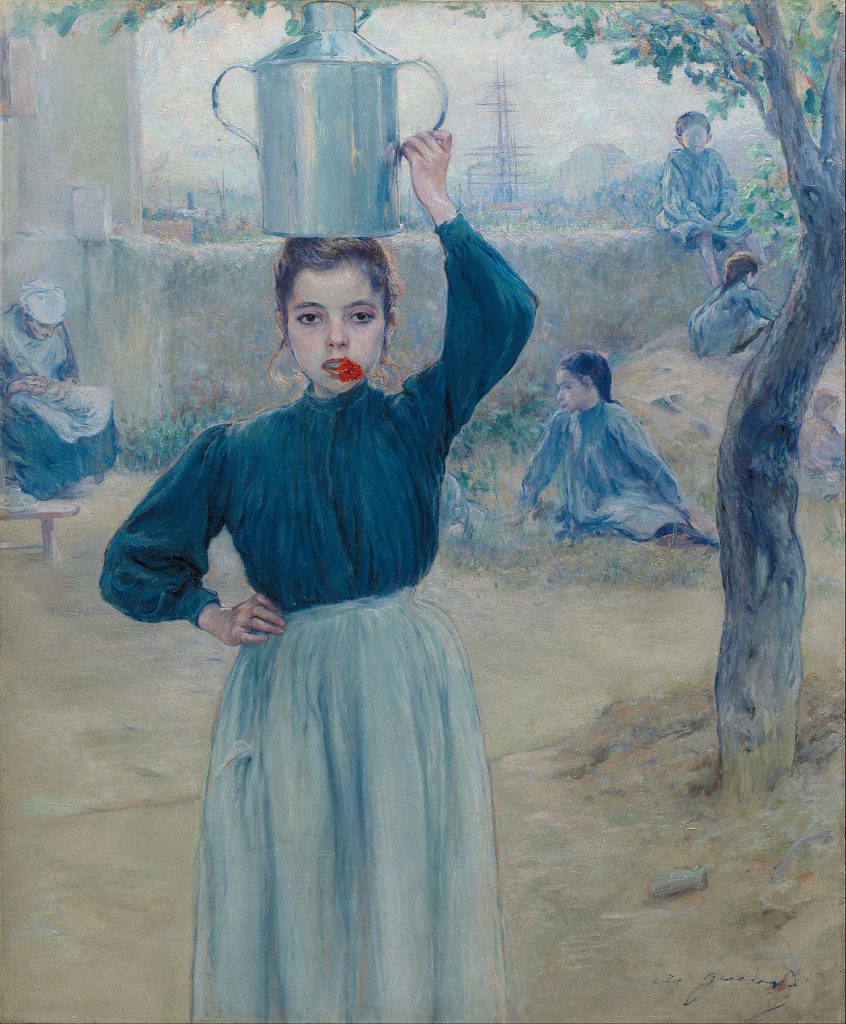
Guiard’s early works revealed an adeptness with both traditional and innovative approaches to painting. He demonstrated a proficiency in academic realism, portraying scenes from everyday life and landscapes with meticulous attention to detail. His ability to capture light, atmosphere, and emotion in his paintings drew attention, setting the stage for his later artistic explorations.
Under Sorolla’s Sway
One of Guiard’s significant influences during this formative period was the Spanish master Joaquín Sorolla. Sorolla’s vibrant use of color and mastery of light made a lasting impression on Guiard, who incorporated these elements into his own evolving style. Guiard’s palette began to reflect the luminosity and vividness associated with the Mediterranean tradition.
Guiard’s artistic pursuits took him beyond Spain’s borders as he traveled to Paris, a thriving center of artistic innovation and cultural exchange. In the French capital, Guiard engaged with avant-garde movements and absorbed the influences of Impressionism. This exposure expanded his artistic horizons, prompting a shift toward a more modern and expressive mode of painting.
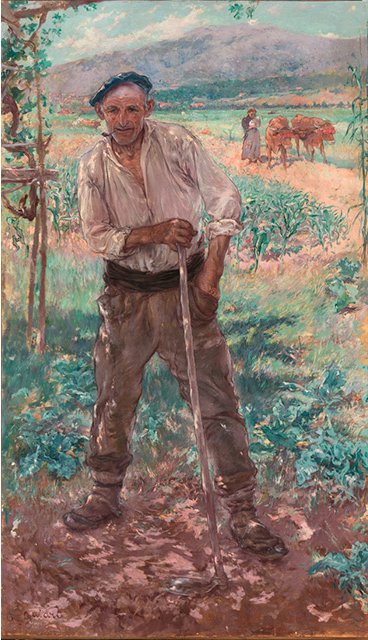
The turn of the century marked a significant phase in Guiard’s career as he began to achieve recognition for his portraiture. His portraits, characterized by a keen psychological insight and a sophisticated handling of color and form, captured the personalities of his subjects with an evocative depth. Guiard’s ability to convey the inner life of his sitters contributed to the acclaim he received as a portrait artist.
Guiard’s exploration of portraiture extended beyond individual likenesses to include genre scenes and depictions of Spanish life. He delved into themes that resonated with the cultural and social milieu of his time, capturing the essence of Spanish identity. His paintings often conveyed a sense of nostalgia for traditional Spanish customs while embracing the changing dynamics of the modern era.
The artist’s commitment to the exploration of diverse styles became evident in his engagement with Symbolism, a movement that sought to convey emotional and spiritual dimensions through art. Guiard’s Symbolist works revealed a fascination with allegory and mythology, as well as a penchant for conveying nuanced emotions through visual metaphors.
Guiard’s oeuvre also encompassed mural decoration, contributing to the embellishment of public spaces with large-scale works. His mural projects adorned notable institutions, reflecting his engagement with the cultural and artistic spheres beyond the canvas. Guiard’s murals often conveyed historical and allegorical narratives, emphasizing a fusion of art and public discourse.
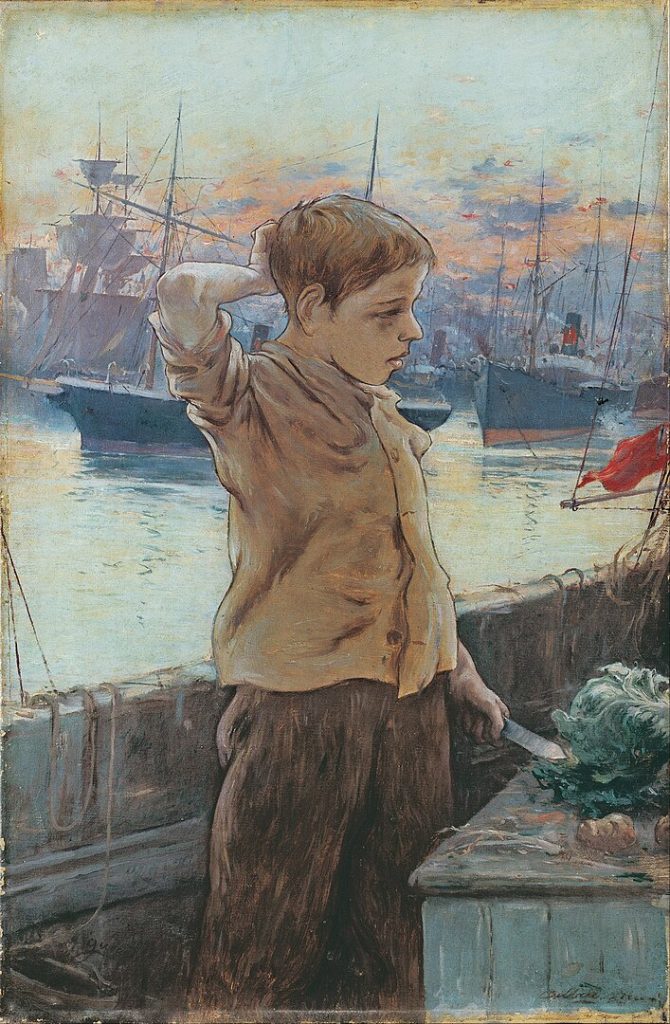
As Spain navigated the complex socio-political landscape of the early 20th century, Guiard’s art continued to evolve. He remained an active participant in the cultural debates of his time, contributing to the larger discourse on the role of art in shaping national identity. Guiard’s engagement with the cultural and intellectual currents of the period positioned him as a significant figure in Spain’s artistic landscape.
Civil War Disruption
The Spanish Civil War (1936-1939) had a profound impact on the artistic community, leading to a period of disruption and displacement. Guiard, like many artists of his generation, faced challenges during this turbulent time. The changing political climate influenced the trajectory of Spanish art, and artists navigated the complexities of ideological shifts.
Adolfo Guiard’s later years were marked by a continued commitment to artistic expression. Despite the challenges presented by political upheavals, he remained dedicated to his craft, producing works that reflected a synthesis of his diverse influences. Guiard’s legacy endures not only through his individual paintings but also through his role in the broader cultural narrative of Spain.
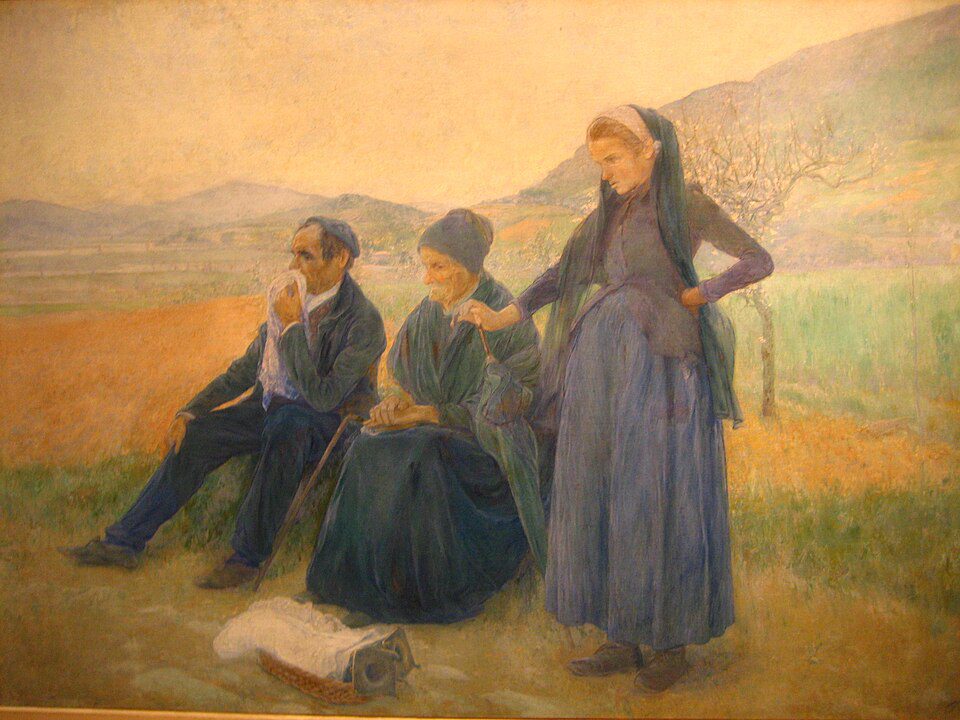
Adolfo Guiard passed away on March 7, 1916, leaving behind a body of work that encapsulates the dynamism and diversity of Spanish art during a transformative period. His paintings, ranging from intimate portraits to large-scale murals, continue to be appreciated for their technical skill, emotive power, and nuanced engagement with the cultural and social currents of his time.
Guiard’s legacy is intertwined with the broader narrative of Spanish art’s evolution in the late 19th and early 20th centuries. His ability to navigate traditional and modern influences, coupled with a commitment to exploring diverse themes and styles, positions him as a key figure in the rich tapestry of Spanish artistic heritage. Adolfo Guiard’s contributions to portraiture, symbolism, and mural decoration reflect a dynamic artistic journey that resonates with the enduring spirit of Spanish art.



